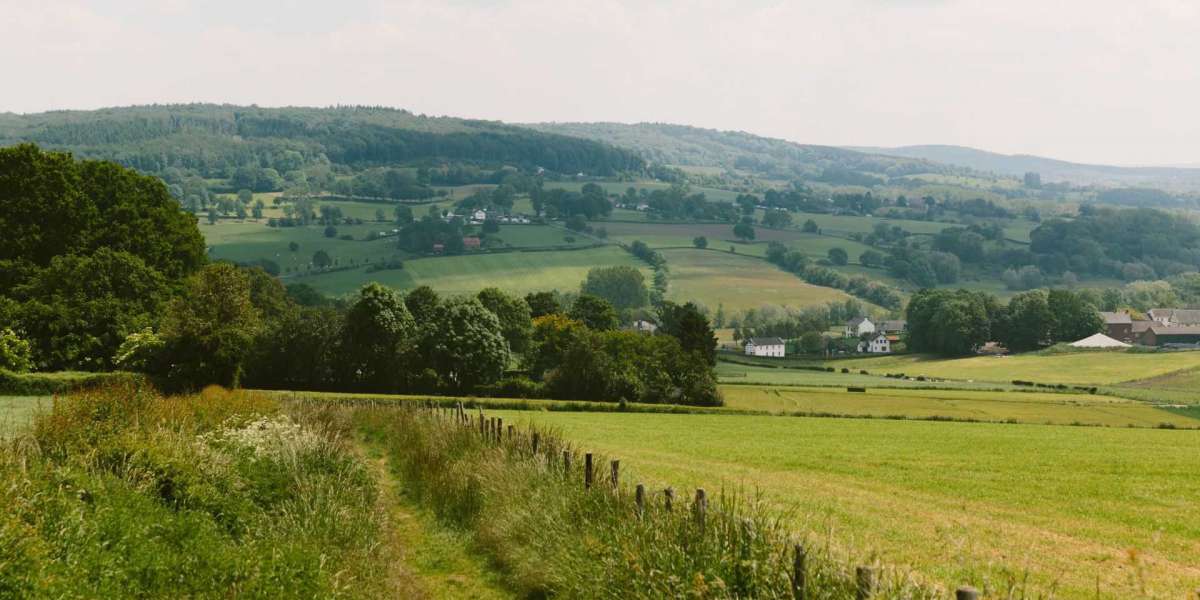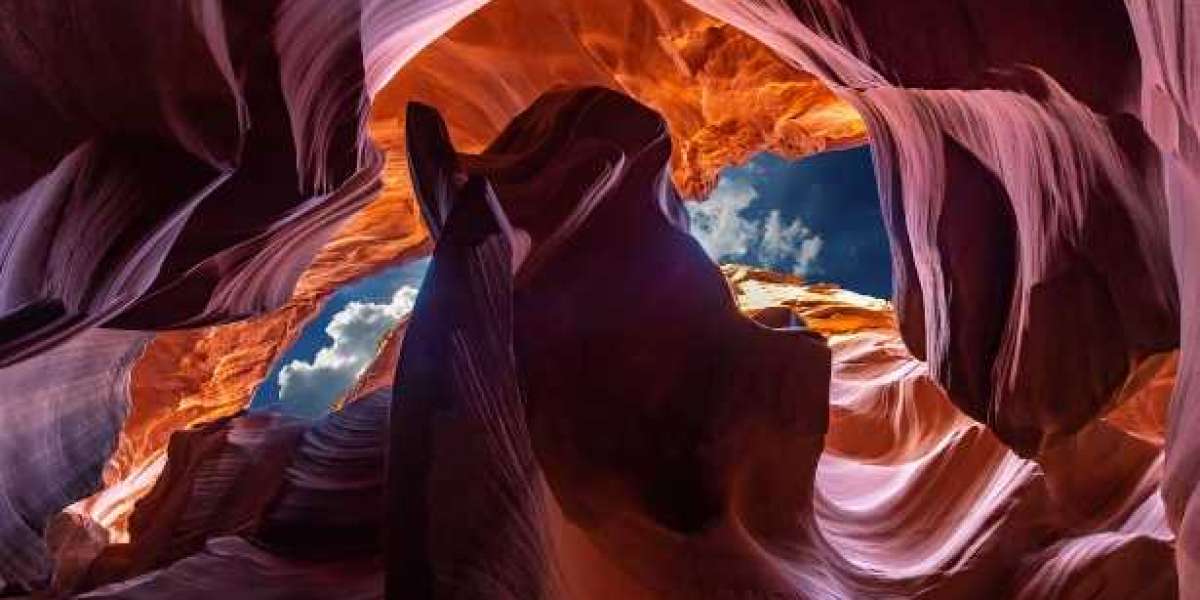Mosquito Bay, Puerto Rico
Mosquito Bay is the most bioluminescent bay in the world. The water here contains microscopic organisms called dinoflagellates that emit light when disturbed. Plan your visit on a dark night without moonlight, and rent a kayak to paddle through the water and enjoy the enchanting light.
Vaadhoo, Maldives
The beaches of Vaadhoo are known for their bioluminescence. Here, there is a sea that illuminates in a captivating blue color at night. Lie on the beach and watch as the waves light up the sand and water.
Luminous Lagoon, Jamaica
The Luminous Lagoon is a beautiful bay where the water glows in a greenish glow. Dinoflagellates are also responsible for the light here. Book an evening tour and swim in the luminous water - an unforgettable experience!
Gippsland Lakes, Australia
The lakes of Gippsland in Australia are known for their bioluminescent residents: the small marine organisms called Noctiluca. During the warmer months, you can walk along the shores at night and enjoy the enchanting light.
Halong Bay, Vietnam
Halong Bay is a UNESCO World Heritage site and is famous for its stunning limestone rock formations. But at night, it's also a great place to see bioluminescence. The water lights up with thousands of tiny lights as you sail through it.
Practical tips for experiencing bioluminescence
Best time to go:
Bioluminescence is usually best seen during the darkest nights, so plan your trip around the new moon when there is little to no moonlight. Also, check the time of year and the tides, as some destinations only have bioluminescence during certain seasons or tides.
Clothing and equipment:
Make sure to wear warm clothing and waterproof shoes when heading out. It can get cold on the water at night. Also, bring a waterproof bag to protect your camera and other electronic equipment.
Camera settings:
Bioluminescence is challenging to capture, but with the right camera settings, you can achieve the best results. Use a long exposure time (around 20-30 seconds) and a low ISO value (around 800-1600) to capture the brightness of the light.
Respect nature:
Make sure not to damage the environment when viewing bioluminescence. Some destinations have special rules for visitors to protect the surroundings. Respect these rules and do not leave any waste behind. Do not take bioluminescent organisms or shells as souvenirs!
Book a tour:
If you're not familiar with the area, consider booking an organized tour. A guide can help you find the best spots and ensure your safety, especially if you're on the water. There are various travel companies and guides that offer bioluminescence kayak tours.
Avoid artificial lighting:
During your visit, avoid using artificial lighting or looking at your phone, as this can disturb the bioluminescent light.
Hopefully, these tips will help you make the most of your bioluminescence adventure.





